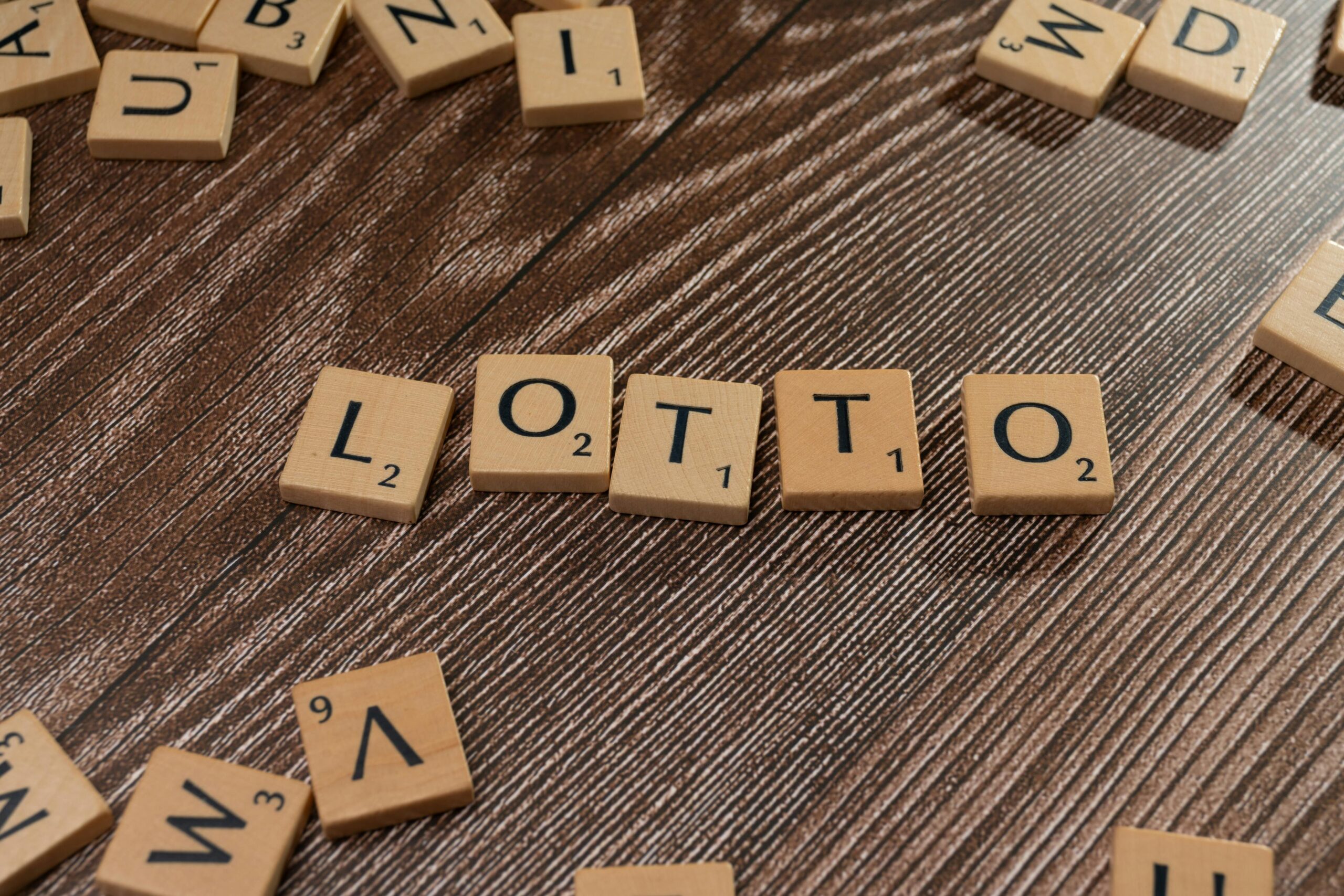Winning the lottery is a dream many people share, but have you ever wondered what your actual chances are? This question leads us into the fascinating world of probability, where we can explore the mathematical likelihood of hitting the jackpot. Understanding these odds can provide a clearer perspective on this popular form of gambling.
Understanding Probability
Probability is a branch of mathematics that deals with the likelihood of an event occurring. It’s expressed as a number between 0 and 1, where 0 means the event will not happen, and 1 means the event will certainly happen. For example, the probability of flipping a fair coin and getting heads is 0.5, as there are two equally likely outcomes.
The Basics of Lottery Probability
Most lotteries involve selecting a series of numbers from a larger set. For example, in a common 6/49 lottery, players choose six numbers from a pool of 49. The order in which the numbers are drawn does not matter. To calculate the probability of winning, we need to understand combinations, which account for different ways of selecting items from a group without regard to order.
Combinations Formula
The formula for combinations is given by: C(n,k)=n!k!(n−k)!C(n, k) = \frac{n!}{k!(n-k)!}C(n,k)=k!(n−k)!n! where nnn is the total number of items to choose from, kkk is the number of items to choose, and !!! denotes factorial, the product of all positive integers up to that number.
Applying the Formula
Using the 6/49 lottery example:
- n=49n = 49n=49
- k=6k = 6k=6
C(49,6)=49!6!(49−6)!=49!6!⋅43!C(49, 6) = \frac{49!}{6!(49-6)!} = \frac{49!}{6! \cdot 43!}C(49,6)=6!(49−6)!49!=6!⋅43!49!
This calculation simplifies to: C(49,6)=49×48×47×46×45×446×5×4×3×2×1=13,983,816C(49, 6) = \frac{49 \times 48 \times 47 \times 46 \times 45 \times 44}{6 \times 5 \times 4 \times 3 \times 2 \times 1} = 13,983,816C(49,6)=6×5×4×3×2×149×48×47×46×45×44=13,983,816
Therefore, there are 13,983,816 possible combinations of six numbers out of 49.
Probability of Winning
The probability of winning the lottery is the reciprocal of the number of combinations. Hence, the probability PPP is: P=113,983,816≈0.0000000715P = \frac{1}{13,983,816} \approx 0.0000000715P=13,983,8161≈0.0000000715
Expressed as a percentage, this is approximately 0.00000715%, illustrating just how slim the chances of winning are.
Real-World Examples
To put this into perspective, consider the following analogies:
- You are more likely to be struck by lightning in your lifetime (about 1 in 15,300) than to win the lottery.
- The odds of being attacked by a shark are about 1 in 3.7 million, still far more likely than winning the lottery.
Enhancing Your Understanding
Understanding these probabilities can help temper expectations and inform decisions about lottery participation. It’s crucial to view lottery tickets as a form of entertainment rather than an investment strategy.
Factors Influencing Lottery Odds
Different lottery games have different odds based on their rules. Some lotteries allow you to select a bonus number, which can change the probabilities. For instance, Powerball in the United States involves selecting five numbers from 69 and an additional Powerball number from 26. Calculating the odds for such games requires adjusting the combinations formula to account for the extra number.
The Role of Syndicates
Lottery syndicates, where a group of people pool their money to buy multiple tickets, can increase the chances of winning. While the probability for each individual ticket remains the same, buying more tickets improves the overall odds of winning something. However, any prize won must be shared among the syndicate members.
Conclusion
Calculating the probability of winning the lottery provides valuable insights into the true nature of this popular activity. While the odds are overwhelmingly against winning, understanding these probabilities can help manage expectations and highlight the lottery as a form of entertainment rather than a reliable path to wealth. By applying mathematical principles, we gain a clearer perspective on the realities of lottery participation, allowing us to make more informed choices.

